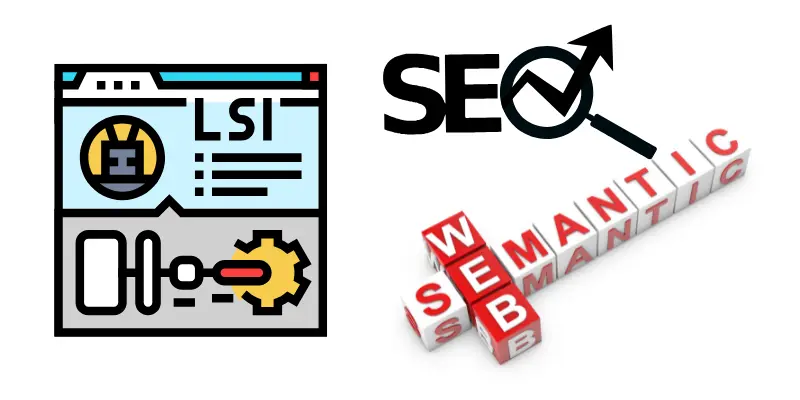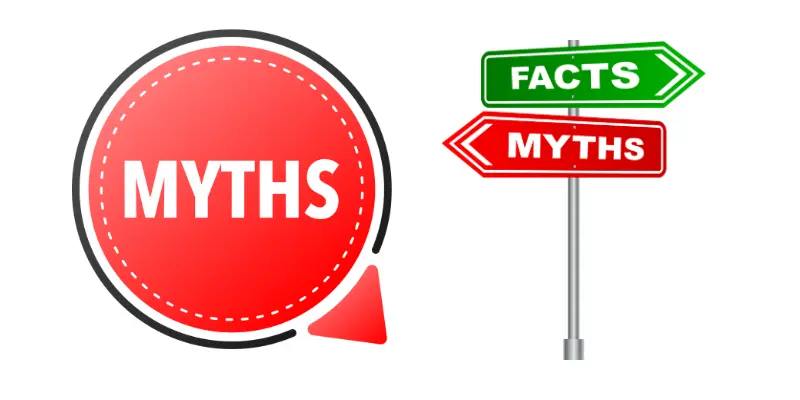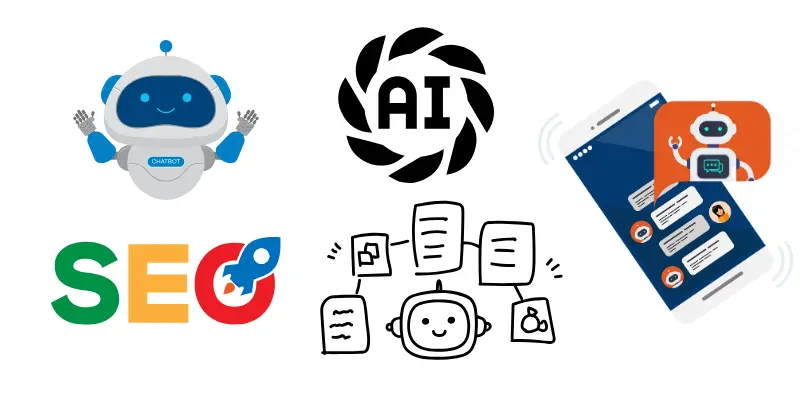LSI Keywords vs Semantic SEO: What Beginners Need to Know (2025)
Published: 3 Jul 2025
If you’ve ever researched SEO, you’ve likely come across the term “LSI keywords.” Many blogs and tools still mention them — but are they real? And how do they relate to semantic SEO, which is the modern approach?
Spoiler: Google doesn’t use the term “LSI keywords” at all.
In this beginner-friendly guide, we’ll break down what LSI keywords actually mean (and why they’re misunderstood), what semantic SEO really is in 2025, and how to apply these concepts to improve your rankings — without keyword stuffing.
Table of Contents
What Are LSI Keywords? (And Why Google Doesn’t Use Them)
The term LSI stands for Latent Semantic Indexing, a concept developed in the late 1980s as a way to improve information retrieval using word relationships.

In the context of SEO, people use “LSI keywords” to mean:
“Words and phrases that are closely related to the main keyword.”
Examples:
If your focus keyword is “email marketing”, LSI-style terms might include:
- Email automation
- Subscriber list
- Campaign open rates
- MailChimp
But here’s the issue: Google doesn’t use LSI technology in its ranking systems. In fact, Google’s own John Mueller has repeatedly said that LSI keywords are an SEO myth.
Google’s Position on LSI Keywords
“There’s no such thing as LSI keywords — anyone who’s telling you otherwise is wrong.”
— John Mueller, Google Search Advocate
So why is the term still popular? Because it points to something real — the importance of using contextually relevant, semantically related terms in your content. That’s where semantic SEO comes in.
What Is Semantic SEO?
Semantic SEO is the practice of optimizing content around meaning, context, and user intent, rather than simply matching exact keywords.
Search engines in 2025 — especially Google — are built on advanced natural language processing (NLP), machine learning, and entity recognition. That means they understand:
- What a user really wants when searching
- How concepts relate to each other
- Whether your content satisfies the full topic, not just the keyword
✅ Example:
If your article is about “best email marketing tools”, semantic SEO means you don’t just mention that phrase — you also include relevant concepts like:
Automation workflows
Pricing tiers
Tool comparisons (e.g., ConvertKit vs Mailchimp)
Use cases for e-commerce or bloggers
The more complete and contextually rich your content is, the more Google sees you as an authority.
LSI Keywords vs Semantic SEO: Key Differences
To clear up the confusion, here’s a side-by-side comparison:

| Feature | LSI Keywords (Myth) | Semantic SEO (Modern Practice) |
|---|---|---|
| Based on outdated tech? | ✅ Yes (1980s method) | ❌ No — uses modern NLP & AI |
| Used by Google? | ❌ No | ✅ Yes |
| Keyword matching style | Synonyms or related words only | Topical completeness + intent + relevance |
| Helpful for SEO in 2025? | ❌ Not directly | ✅ Absolutely |
| Supported by Google docs? | ❌ No official guidance | ✅ Yes, through entity understanding & structured data |
In short:
Don’t chase "LSI keywords." Focus on building content that deeply answers your audience’s search intent using related terms, concepts, and entities.
💡 If you’ve already written content using outdated LSI keyword stuffing, consider updating it with a semantic SEO approach. Start by reviewing your structure using our SEO blog post formatting guide.
How to Use Semantic SEO in Your Content (Step-by-Step)
Semantic SEO might sound complex, but it’s easy to apply when you understand the goal: Create content that answers the full intent behind a search.
Here’s how to do it — even as a beginner:
Step 1: Start with a Core Topic, Not Just a Keyword
Instead of just targeting “email marketing tools”, think of the broader topic:
- Why do people search for tools
- What problems do they want to solve
- What features are they comparing
Use tools like:
- Google’s “People Also Ask”
- Related Searches (at the bottom of SERPs)
- AnswerThePublic
- Semrush Keyword Magic Tool
These help you identify related questions and concepts that Google associates with your topic.
Step 2: Use Entity-Based Terms
Entities are people, places, tools, concepts — and Google understands them well.
💡 Example for “email marketing”:
Include terms like:
- Mailchimp, ConvertKit, Drip
- Automation workflows
- Subscriber segmentation
- A/B testing
- Open rate, CTR
You don’t need to mention them all — just the ones that naturally support your topic.
Step 3: Optimize with Topic Clusters
Use internal links to build a cluster of related content.
For example, if you have a guide on semantic SEO, link it to:
This builds topical authority — a key factor in modern search.
Step 4: Add Structured Content Blocks
Google favors content that’s well-structured and scannable.
Include:
- Subheadings (H2/H3) with question-based phrases
- Bullet points, tables, and FAQs
- Alt text with semantic relevance for images
Step 5: Use Tools to Check Coverage
Use tools like:
- Surfer SEO or Clearscope: Analyze competitor pages and suggest semantically related keywords
- Frase.io: Helps structure content around search intent and related queries
- Google NLP API: Free tool to check what entities your content includes
Benefits of Semantic SEO in 2025
Why should you invest in semantic SEO? Here are the real-world advantages:

✅ Better rankings for multiple keywords
You rank for not just one phrase but a cluster of semantically related terms.
✅ Improved user satisfaction and engagement
You answer real questions in a natural flow — reducing bounce rates and increasing time-on-page.
✅ Increased snippet and PAA visibility
Answer-based content = better chance to show in “People Also Ask” or rich results.
✅ Higher authority in your niche
Semantic content shows expertise, depth, and topical coverage, all of which Google rewards under EEAT.
Common Myths About LSI Keywords
Even in 2025, the internet is full of outdated SEO advice. Let’s clear up the confusion.

❌ Myth 1: Google Uses LSI to Rank Content
Google has explicitly denied using Latent Semantic Indexing in its ranking algorithms. The concept is from the 1980s — long before Google existed.
“There’s no such thing as LSI keywords — anyone who’s telling you otherwise is wrong.”
— John Mueller, Google Search Advocate
❌ Myth 2: More LSI Keywords = Better Rankings
Stuffing your content with variations of the same keyword hurts readability and may trigger spam signals. Focus on contextual completeness, not repetition.
❌ Myth 3: LSI Tools Are Necessary
Some tools market “LSI keyword generators” — but what they really show are related or co-occurring terms, not anything based on true LSI.
✅ Instead, use tools that focus on semantic relevance and topic modeling, like Clearscope, Surfer SEO, or Google’s NLP tools.
Conclusion: Ditch LSI, Embrace Context
If you’re still chasing “LSI keywords,” it’s time to move on.
In 2025, semantic SEO is the foundation of search optimization.
It’s not about adding more keywords — it’s about creating content that:
- Understands user intent
- Covers the entire topic
- Builds topical authority
Whether you’re writing blog posts, product pages, or pillar content, structure your content around meaning, not just words.
By using semantic SEO correctly, you’re not just optimizing for Google — you’re building a better experience for your readers.
FAQs
1. Are LSI keywords still useful for SEO in 2025?
No. LSI keywords are outdated. Focus on semantic relevance and context — that’s what Google rewards now.
2. What’s the difference between LSI keywords and semantic SEO?
LSI is an old indexing method. Semantic SEO is a modern approach that uses context, user intent, and entity relationships to improve rankings.
3. How can I implement semantic SEO without tools?
Use Google’s related searches, “People Also Ask,” and competitor content to identify related terms and questions. Structure your post to answer them clearly.
4. Does Google penalize LSI keyword usage?
Not directly — but keyword stuffing or relying on irrelevant variations can lower your content quality score and harm rankings.
5. What tools help with semantic SEO?
Tools like Frase, Surfer SEO, Clearscope, and Google NLP API help analyze entity coverage and content depth.

- Be Respectful
- Stay Relevant
- Stay Positive
- True Feedback
- Encourage Discussion
- Avoid Spamming
- No Fake News
- Don't Copy-Paste
- No Personal Attacks

- Be Respectful
- Stay Relevant
- Stay Positive
- True Feedback
- Encourage Discussion
- Avoid Spamming
- No Fake News
- Don't Copy-Paste
- No Personal Attacks




